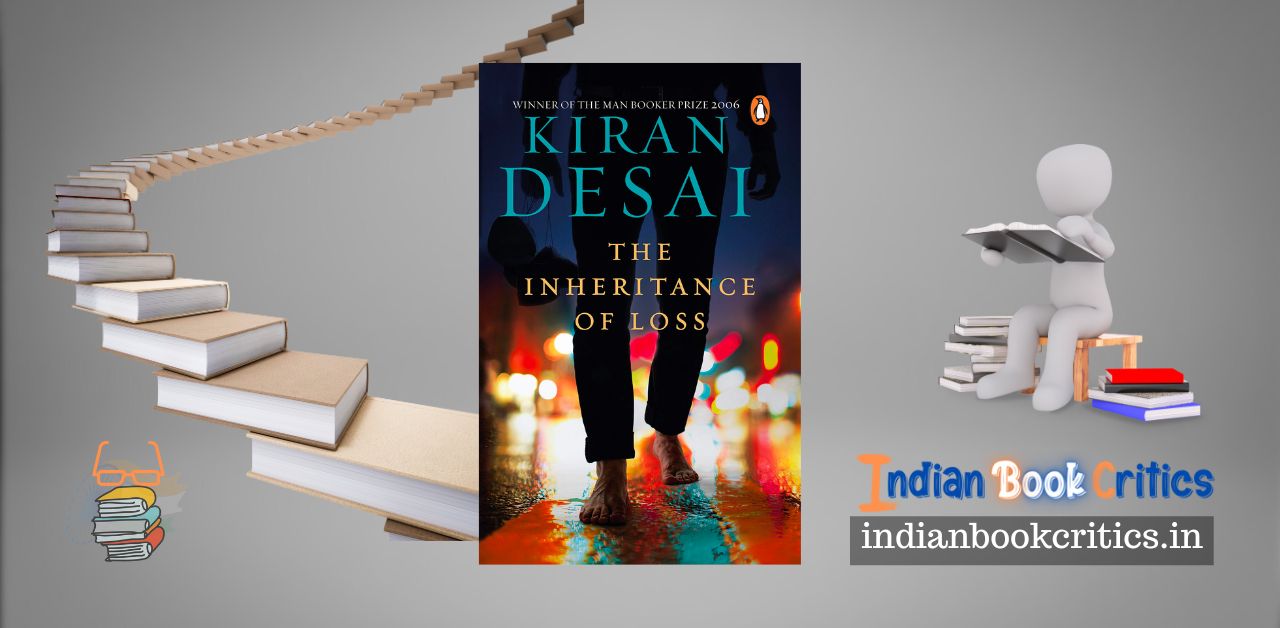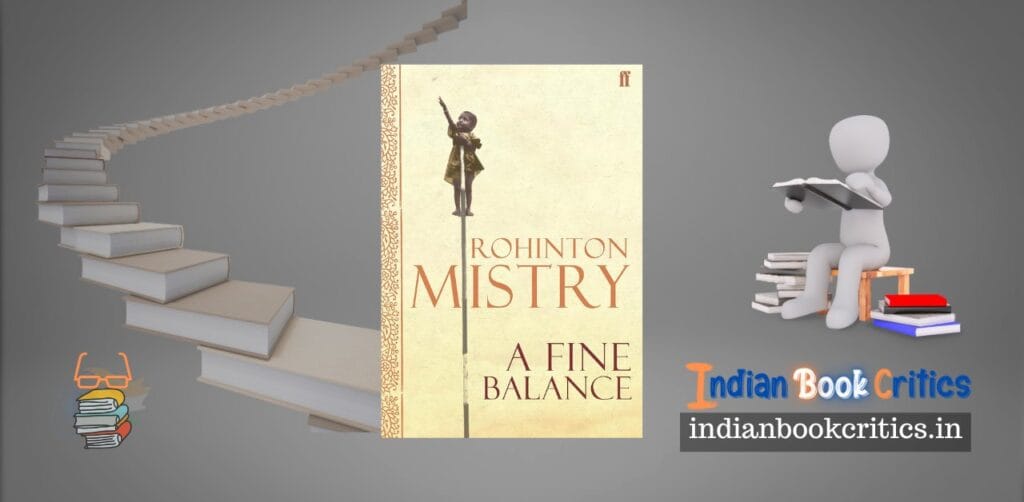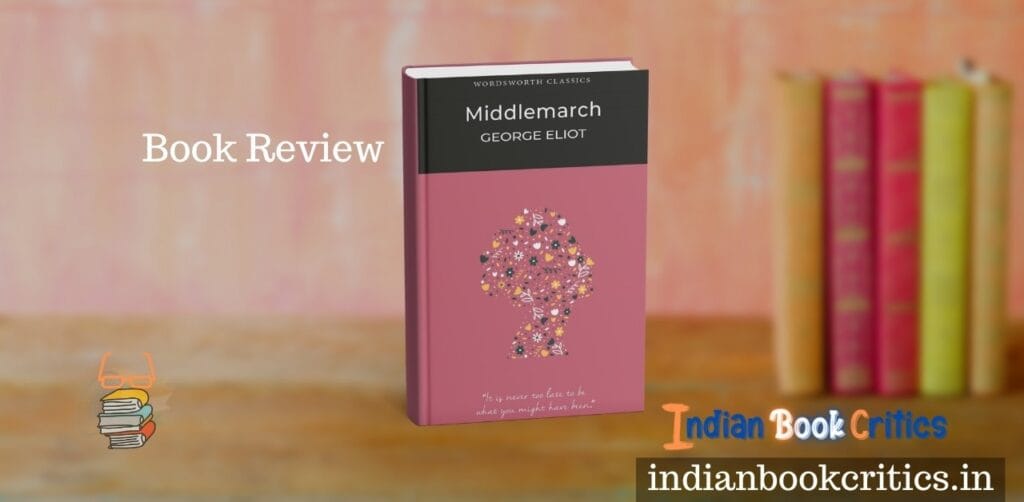The Inheritance of Loss is a critically appreciated novel penned by Kiran Desai that weaves an intricate tapestry of interwoven lives set against the backdrop of a rapidly changing world. Past fades away and mixes with the present… and yet, a fading image of the past remains consistently present without much furore so that the world may not notice. Set in the breathtaking landscapes of the Himalayas and the vibrant bustle of New York City, the story delves into the complexities of identity, cultural clashes, and the enduring impact of colonialism on people, society, cities, the entire nation and beyond. Through the lives of characters like Jemubhai, a retired judge living in a remote mountain village, and his granddaughter Sai, the novel explores themes of love, loss, and the search for belonging. Desai’s masterful prose sometimes overshadows the dullness of the storyline and a slow narrative that further keeps braking on the fast corners… The novel touches on some important issues and that’s why Inheritance of Loss collects the pieces of debris falling throughout the narrative to offer something worth – reading and discussing.
Readers, this review might not synchronise with many views about the novel. Well, this is an independent review. I have discounted everything about the book that precedes the package and reviewed it in isolation, purely based on its content and everything that is on the pages. And to those who might ask, ‘What about the Booker Prize?’ Guys, there are thousands of published articles and opinions about the biases and controversies surrounding the Booker Prize. I would suggest reading this one – criticism of the Booker Prize for literature. Now, we get back to the book review.
The Storyline:
The novel unfolds on two parallel tracks, one set in Kalimpong, a small town in the Himalayas, and the other in New York City. In Kalimpong, the retired and embittered judge, Jemubhai Patel, lives a reclusive life with his orphaned granddaughter, Sai. The author has tried to use the political unrest and the Nepalese Gorkhaland movement as the backdrop to the novel unfolding in Kalimpong. And the unrest affects the quiet existence of the locals in the city. Sai’s and Jemubhai’s lives are further disrupted by the arrival of a charismatic Nepali tutor, Gyan, who falls in love with Sai. As the romance blossoms, tension escalates between the locals and the Gorkha community.
The parallel storyline follows events in New York City where Biju, an illegal immigrant and the son of Jemubhai’s cook, faces harsh realities while trying to survive and support his family back home. The novel delves into themes of identity, cultural alienation, and the impact of colonialism as it follows the interconnected lives of these characters.
A look at the characters in The Inheritance of Loss:
The Inheritance of Loss features a diverse cast of characters, each with their own unique background and struggles. I have tried to put forth the main characters in the novel below:
1. Jemubhai Patel: A retired judge who lives in a remote house in Kalimpong, India. He is an embittered and reclusive man, haunted by his past experiences and disenchanted with life.
2. Sai: Jemubhai’s teenage granddaughter and an orphan. She comes to live with her grandfather in Kalimpong and develops a romantic relationship with Gyan, the Nepali tutor.
3. Gyan: A young Nepali tutor who comes to work for Jemubhai. He becomes involved with Sai and is torn between his love for her and his allegiance to the political unrest and the Gorkhaland movement.
4. Biju: The son of Jemubhai’s cook, he is an illegal immigrant in the United States. He faces the harsh realities of life as an undocumented worker and struggles to support his family back home in India.
5. Lola: The cook’s daughter and Biju’s sister. Despite the limited opportunities in their small town, she dreams of a better life and education.
6. Father Booty: A missionary who plays a significant role in the lives of the characters in Kalimpong.
7. Sister Ludmila: A devout and dedicated nun, working at the St. Augustine’s Convent in Kalimpong.
8. Noni: The wealthy, eccentric neighbour of Jemubhai who lives in the same town.
9. The Judge’s Dog: Mutt is Jemubhai’s beloved dog, and his presence is an essential aspect of the story.
Critical Commentary:
Kiran Desai’s The Inheritance of Loss stands as a remarkable literary achievement due to its multifaceted strengths, particularly its rich cultural exploration, complex characterisation, and interconnected storylines. Through Desai’s skilful pen, the novel delves deep into the vibrant and diverse cultural tapestry of Kalimpong, a small town nestled in the Himalayas, where Indians, Nepalis, and Gorkhas coexist, each contributing their unique traditions, languages, and customs. The author’s vivid descriptions and authentic character portrayals may allow some readers to immerse themselves fully into the lives of these individuals, gaining an intimate understanding of their identities and struggles. At the same time, mark it without any mistakes, the novel may push readers away because of its slow progress and over-lifting attempt. I will try to explore the highs and the lows of this novel below.
I do concur that Central to the novel’s brilliance is its cast of deeply nuanced characters, each intricately crafted with flaws and virtues that render them undeniably human and relatable. The novelist’s masterful depiction of their complexities enables readers to empathise with their innermost dilemmas, making their decisions and actions, however imperfect or morally ambiguous, profoundly comprehensible. As the characters grapple with their desires and confront the challenges of an ever-changing world, readers are offered an intimate glimpse into the intricate workings of the human psyche.
Moreover, The Inheritance of Loss skillfully weaves together parallel storylines, seamlessly connecting the lives of characters in Kalimpong and those in the bustling metropolis of New York City. This intricate interconnection, though it may be challenging for some readers, serves to emphasise the universal nature of human experiences, transcending geographical boundaries to reveal the shared consequences of historical events, such as colonisation and displacement. The novel’s compelling narrative technique enriches the storytelling, providing a broader and more encompassing perspective on the interconnectedness of lives and the enduring impact of history.
However, amidst its profound strengths, the novel is not without its critiques. As I underlined earlier, some readers may find the pacing to be slow and meandering at times, as Desai delves deeply into the introspection and internal musings of the characters. Critics may argue that it allows for a profound exploration of their emotions and motivations, but they do agree that it might deter those seeking a more fast-paced and action-driven plot. And it happens more than often with authors with heavily armoured themes to explore – Amitav Ghosh, Arundhati Roy (best example is The Ministry of Utmost Happiness), and even authors like Anita Desai, at times – that they tend to completely lose the pacing of the plot, and thus bartering the in-depth exploration of emotions and humane values seldom a common reader might be interested in knowing! And to further stretch the wounds, the novel concludes with an ambiguous resolution, leaving certain plotlines open-ended, which may leave some readers desiring a more definitive and conclusive ending. Didn’t you?
Furthermore, let’s deal with it one-on-one, the weighty themes explored throughout the book, such as identity, colonialism, immigration, and socio-political unrest, confront readers with emotionally challenging and distressing depictions (and I am not passing any judgement on the authenticity of such claims). While these themes contribute to the novel’s depth and intellectual significance, they may prove difficult for some readers to engage with, especially given the sensitivity and complexity of the subject matter.
Conclusion:
In sum, Kiran Desai’s The Inheritance of Loss is a well-crafted novel that does well in its rich cultural exploration, complex characterisation, and interconnected storylines. Despite some apparent drawbacks in terms of pacing and ambiguity, the book remains a thought-provoking work that offers readers an interesting journey into the intricacies of the human experience and the profound impact of history on individual lives. The novel is for only a small section of readers, let’s get it straight. And within that circle, the novel has done better. However, a larger section of readers, which forms the 3/4th of the pie, may find wilderness and aimless strolls in the novel never-ending… and the significant conclusion further strikes another lengthy chord of uncertainty in the storyline, leaving readers appalled and perplexed.
You can get a copy of this novel from Amazon India by clicking the link below:
Get a copy now – click here for the Amazon link.
Review by AM for Indian Book Critics
The Inheritance of Loss by Kiran Desai: Book Review
- IBC Critical Rating
Summary
Slow and too slow at times… not for everyday readers of fiction. Well, that’s where the novel’s strength lies! The conclusion is not conclusive, though. An internal exploration is done well enough, but the vessel we call a story is not matching the purpose and that does push away the common reader who wants to know what’s special about this booker prize-winning novel!




